Resolution 57 of the Politburo on science and technology development and Resolution 68 of the Government on private economic development have shown the right path, but to realize them, Vietnam needs a strong change in thinking and drastic action, for which lessons from Canada can be a valuable guide.
Photo: illustration
When tariff wars change the global rules of the game
Tariff wars and reshoring trends are not just macroeconomic concepts but a challenging reality. Major economies, after the shocks from the pandemic and geopolitical tensions, have no longer prioritized only cost efficiency or profits but also self-reliance and supply security. This has led to the movement of capital and production, creating a fierce global competition to attract and retain FDI enterprises, especially enterprises holding high technology.
On the other hand, large economies with excess production capacity will increasingly seek to boost exports to relieve domestic pressure, causing unprecedented competitive pressure on emerging economies. This is especially dangerous for Vietnam's fledgling private economic sector, which is limited in technology and financial capacity.
Without proactively equipping themselves with technology and improving their creative production capacity, Vietnamese enterprises will be stuck in the assembly stage, unable to create added value or compete in terms of price and design, and thus be eliminated. In addition, most of Vietnam's important free trade agreements are approaching the milestone of completing commitments to eliminate import taxes. In this context, linking science and technology with domestic industrial development is no longer an option but has become a vital requirement.
Lessons from Canada: When even a superpower gives up on the dream of basic science
For decades, Canada, a G7 economy with a strong position in natural resources and services, has pursued a strategy of “outsourcing” to low-cost countries. However, after the shocks of the COVID-19 pandemic and geopolitical tensions, this strategy has been recognized by the Canadian government as a strategic mistake. As Minister François-Philippe Champagne said, Canada has realized that economic security is national security. Over-reliance on global supply chains and on one market has left Canada vulnerable to disruptions that directly threaten the country’s security and autonomy.
This led to a fundamental change in thinking: Canada decided to reinvest in the manufacturing sector, calling on businesses to “re-shore” to not only ensure supply security but also become a new engine of growth and the key to future prosperity. Therefore, Canada’s science and technology development strategy no longer aims to become a leading country in basic research, but focuses on building an innovation ecosystem to translate basic research into commercialization, production and application, with businesses playing a central role.
This shift is evident in the fact that Prime Minister Mark Carney’s government has “renamed” the Department of Innovation, Science and Industry as the Department of Industry, and has also created a Department of Artificial Intelligence and Digital Innovation. This change represents a drastic shift from a heavily administrative management mindset – which focuses on funding research and hoping that the results will be applied – to a more directional and hands-on approach.
This is a strong message that science and technology must directly serve the goals of production and economic development. With this new thinking, Canada has built practical financial support mechanisms, such as the world-leading SR&ED tax incentive program, which allows businesses to deduct or receive cash back from 15-60% of investment costs for R&D or costs to apply R&D to production and innovate production infrastructure. In addition, Canada also provides non-refundable grants for specific research and development projects of SMEs through the IRAP program, and even grants up to CAD 75,000 per business to seek and sign international R&D cooperation agreements.
In parallel, to grasp the importance of cutting-edge technology, Canada has invested 2 billion CAD in the Sovereign AI Computing Strategy to build a public supercomputer system, creating conditions for all businesses, especially SMEs, to access AI technology to increase productivity and product innovation without costly investments...
Canada’s experience shows that supporting businesses does not stop at macro policies but must be concretized by practical mechanisms. Canada’s policies all aim at a single goal: transforming innovation from an idea to a product, from the laboratory to the market, where businesses are at the center; and when businesses have R&D achievements, they will be supported to commercialize and “go global”.
Linking science and technology with Vietnam's industrial strategy
From Canada’s experience, Vietnam can learn and apply investment strategies for science and technology to develop specific industries by sector, especially in the context of our limited resources. Instead of spreading ourselves thin, focusing on areas of strength can create breakthroughs.
For example, in the field of ocean industry, instead of focusing only on traditional exploitation, Vietnam needs to develop a strategy similar to Canada, viewing this as a strategic economic tool to promote innovation. Investments should be directed towards marine technology to improve productivity, sustainable resource management and develop new industries such as high-tech aquaculture, shipbuilding and zero-emission marine engine development, smart shipping and intra-Asia logistics services...
Similarly, in the defense industry, with the need to protect sovereignty, Vietnam can utilize the defense budget to promote research and development of related industries. Dual-use technologies (such as sensor technology, radar, new material technology) developed in this field can be transformed into civilian applications, creating a strong source of innovation for the economy. Finally, to achieve the Net-Zero target, Vietnam needs to learn from Canada's clean energy policy. Instead of relying solely on foreign capital, it is necessary to create tax incentive mechanisms to encourage domestic enterprises to be willing to invest and apply renewable energy technology, green hydrogen and energy storage, saving and conversion technologies.
In the food industry, Canada considers this an important part of the economy and focuses on investing in R&D to ensure sustainable growth, improve competitiveness and cope with climate change. The Canadian government has changed its focus to plant protein applications, lab-grown foods, AI, genetic engineering and automation to manage quality, safety standards and traceability.
This is the key to helping Canadian products maintain a high reputation in the international market. From this experience, Vietnam, an agricultural powerhouse, can learn from Canada's use of R&D to transform its production model. Instead of relying solely on output, Vietnam needs to focus on upgrading the value of the product chain through processing technology. The government needs to have flexible financial policies to support farmers and agricultural enterprises to invest in R&D, genetic technology and automation. The application of safety standards and technology-based traceability systems will not only help improve the quality of agricultural products but also create a premise to promote production chain connectivity between Vietnam and Canada, on the basis of exploiting cumulative origin.
Allocating science and technology investment resources with SMEs as the center
Resolutions 57 and 68 have created important policy frameworks. Now, Vietnam needs to translate these Resolutions into specific and practical mechanisms and policies. Lessons from Canada show that, in a volatile world, closely linking science and technology with production and business is not an option but a mandatory requirement to ensure economic autonomy, security and prosperity.
Increased investment in science and technology must be accompanied by the promotion of shared technology infrastructure and direct support for businesses, especially SMEs, so that they can confidently invest in R&D and innovation and have the ability to access/exploit the achievements of science and technology. In the context of limited resources, the current urgent situation requires Vietnam to focus on allocating resources to strategic priorities.
Economic growth in the new era should not be linked to increased investment in large enterprises, but SMEs are the key to creating flexibility and high competitiveness. Evidence is the wave of Canadian business delegations to Vietnam has increased sharply, with over 30 new registered projects in the past two years, mainly projects of Canadian SMEs in the technology sector. Although the capital scale of these projects is small (average about 3.5 million USD), the support of the Canadian Government to help these businesses "go global" and their success has been and is inspiring many other Canadian businesses.
Therefore, the focus of Vietnam in the coming time should be on domestic industrial enterprises, especially SMEs, to create "trickle down" effects, helping to promote the formation of startups in the field of innovation focusing on applications for production and creating new products. It is these enterprises, equipped with technology and strategic support, that will be the key not only to economic security, social stability but also to the future prosperity of the country. By learning from successful models like Canada, Vietnam can not only effectively deal with the challenges from the new context, but will also seize the opportunities to improve its position in the global value chain.
Source: https://doanhnghiepvn.vn/cong-nghe/gan-khoa-hoc-cong-nghe-voi-phat-trien-cong-nghiep-chia-khoa-tu-chu-kinh-te/20250805070748155






![[Photo] Parade to celebrate the 50th anniversary of Laos' National Day](/_next/image?url=https%3A%2F%2Fvphoto.vietnam.vn%2Fthumb%2F1200x675%2Fvietnam%2Fresource%2FIMAGE%2F2025%2F12%2F02%2F1764691918289_ndo_br_0-jpg.webp&w=3840&q=75)

![[Photo] Worshiping the Tuyet Son statue - a nearly 400-year-old treasure at Keo Pagoda](/_next/image?url=https%3A%2F%2Fvphoto.vietnam.vn%2Fthumb%2F1200x675%2Fvietnam%2Fresource%2FIMAGE%2F2025%2F12%2F02%2F1764679323086_ndo_br_tempimageomw0hi-4884-jpg.webp&w=3840&q=75)


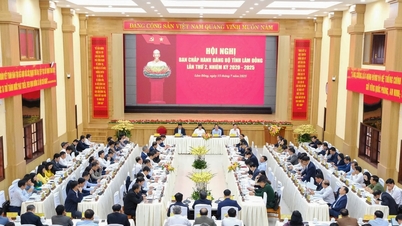

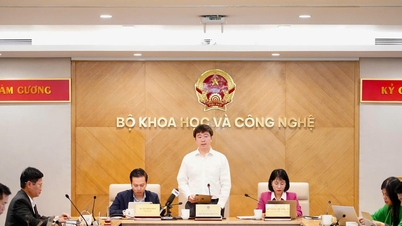



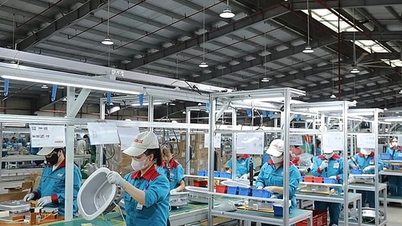





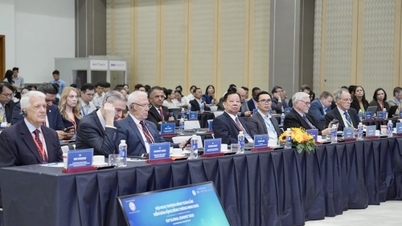



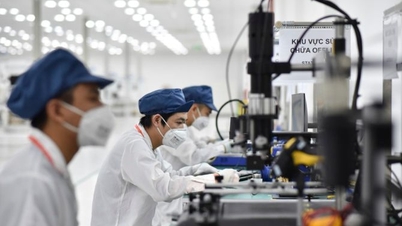







































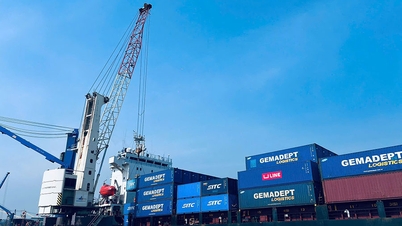















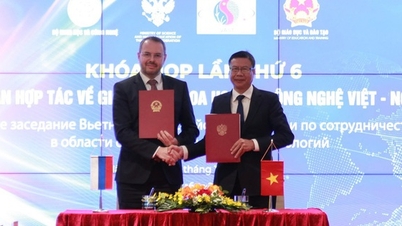
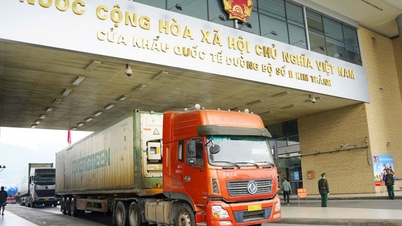



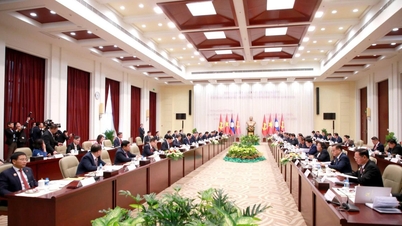

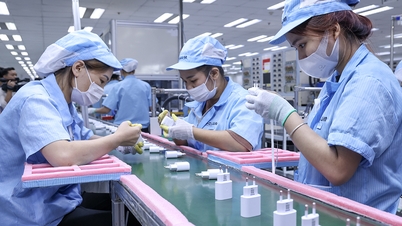
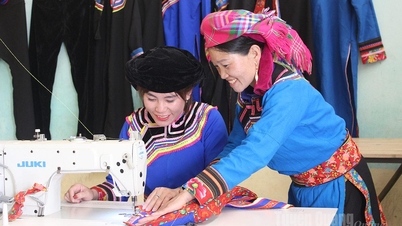


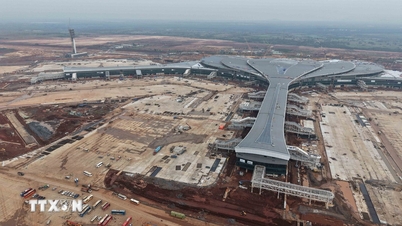

















Comment (0)